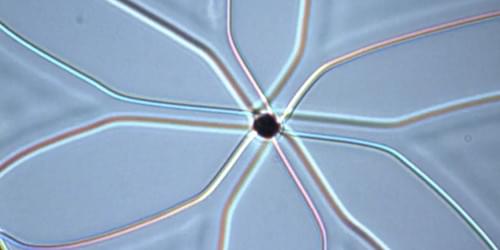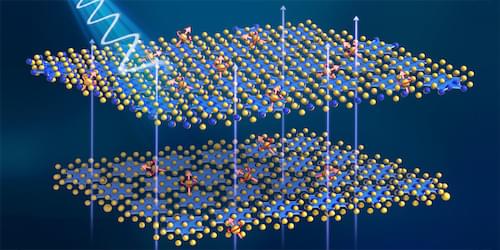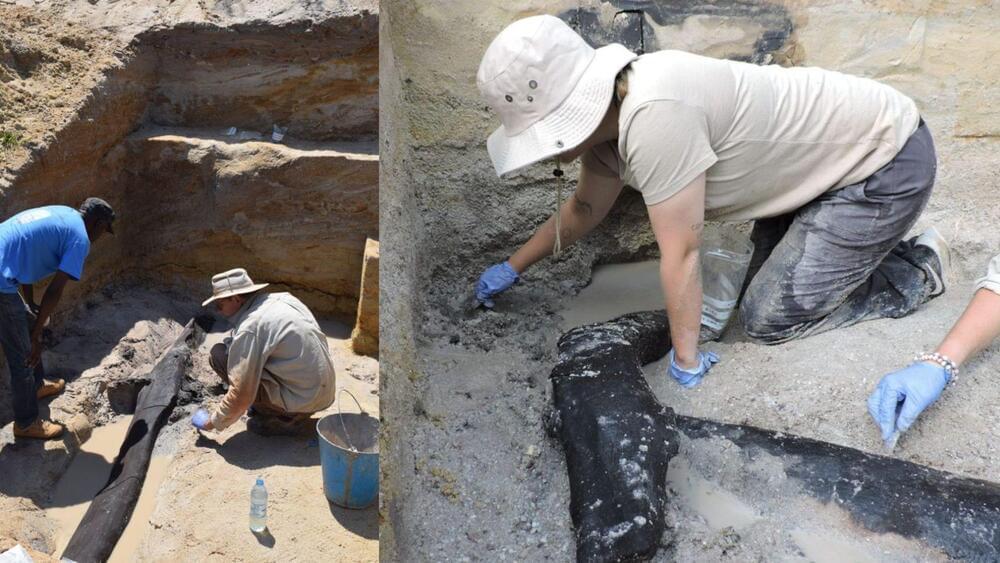
Two or more linear defects can twist around one another to form an entity that may affect the properties of a material.
Systems made from ordered components, such as crystals, are often laced with defects, such as dislocations, where the ordering is disrupted. Researchers have now identified a new class of such flaws where two or more dislocations come together and become locked into complex geometrical arrangements, such as coils or knots, that can’t be smoothed away [1]. Using microscopy experiments backed up by theoretical arguments, they have identified such coiled “metadefects” in thin films of liquid crystals. The researchers believe that in crystalline materials, metadefects might influence mechanical properties such as plasticity. And since defects may feature in systems ranging from the structure of spacetime to magnets and bacterial colonies, the research team suspects that this new class may show up in other places.
Many liquid crystals are composed of rod-shaped molecules that can become oriented relative to one another while remaining free to move around. One of the phases that some of these materials can adopt is called cholesteric, a periodic pattern in which the orientation of the molecules twists like the steps in a spiral staircase. At each “step” of the staircase, all of the molecules are aligned. Defects in this organized structure typically show up as dark lines when thin films of cholesteric liquid crystals are examined under a microscope.

















